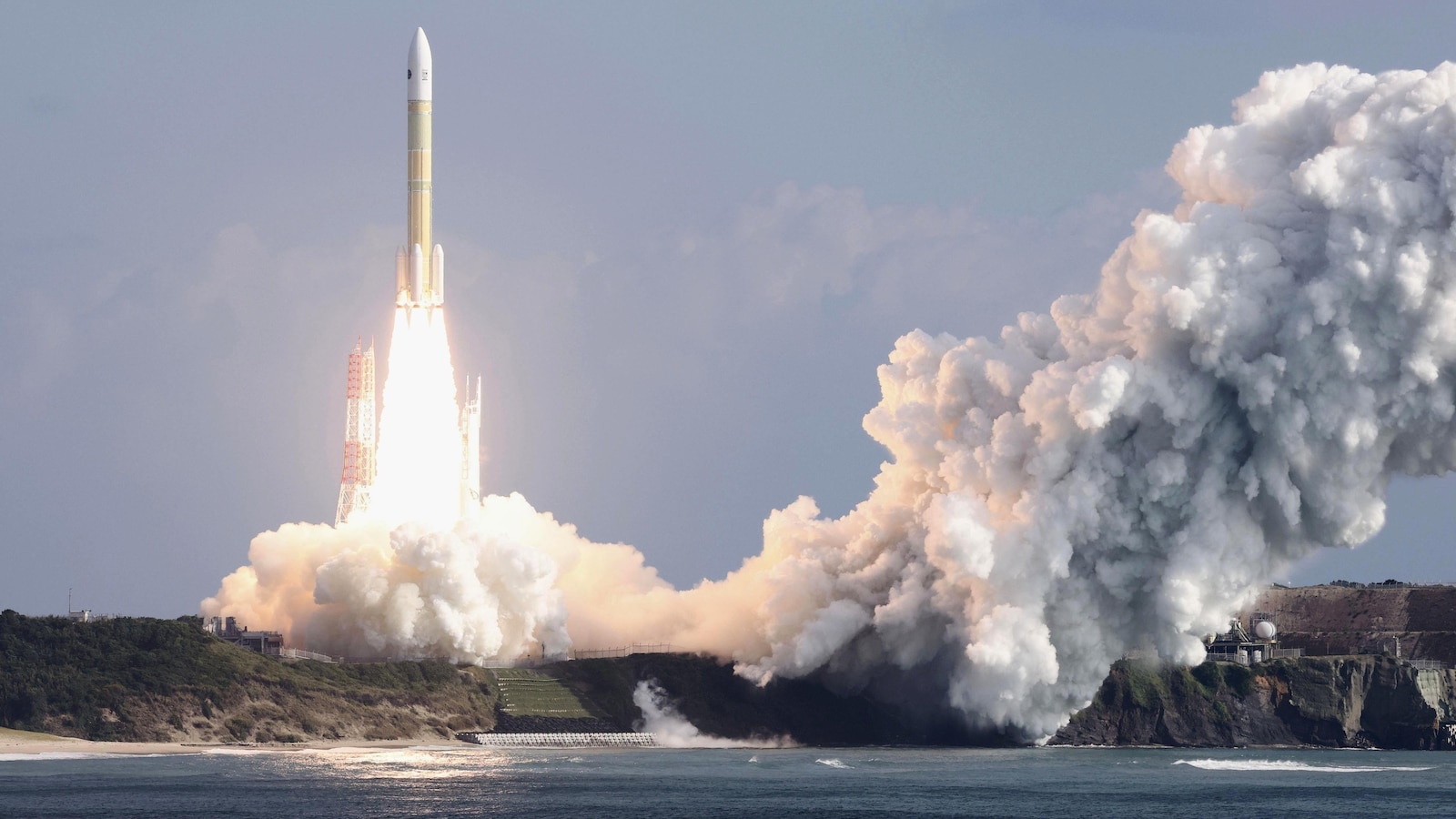TOKYO — Japan’s space agency successfully launched Sunday its most powerful flagship H3 rocket, carrying a newly developed unmanned cargo spacecraft for its first mission to deliver supplies to the International Space Station.
The Japan Aerospace Exploration Agency said the HTV-X1 spacecraft successfully lifted off atop the No. 7 H3 rocket from Japan’s Tanegashima Space Center in the country’s south and confirmed it entered targeted orbit 14 minutes after liftoff.
The spacecraft was separated and placed into a planned orbit, JAXA said. If everything goes smoothly, it is expected to arrive at the ISS in a few days to deliver supplies. Japanese astronaut Kimiya Yui, currently at the ISS, is set to catch the craft with a robot arm in the early hours of Thursday.
The HTV-X is the successor to JAXA’s unmanned H-II Transfer Vehicle, known as Kounotori, or stork in Japanese, which flew nine missions to the ISS between 2009 and 2020.
The new freighter can carry a bigger payload and supply power during flight, enabling the transport of lab samples that require storage at low temperatures.
The HTV-X is designed to be connected to the ISS for up to six months to deliver supplies and retrieve waste from the ISS, then conduct technical missions while making an orbital flight after leaving the station, this time for three months.
Sunday’s launch also marks a successful debut for H3 rocket’s most powerful version, with four rocket boosters and a bigger fairing, a top compartment for payloads, officials said.
JAXA President Hiroshi Yamakawa called Sunday’s launch “a major step forward” that demonstrated Japan’s capability of delivering supplies to space, which serves as “the basis of autonomous space activity.”
Iwao Igarashi, head of the Space Business Department at Mitsubishi Heavy Industries, responsible for developing H3 with JAXA and operating rocket launches, said Japan’s track record of on-time launch and accuracy in delivering payloads and the newly modified rocket prove they can accommodate a range of customer needs. He said his company plans to expand its launch facility.
H3 rocket replaces Japan’s long-beloved mainstay H-2A rocket, which made its final flight in June, as a new flagship model designed to be more cost-competitive in the global space market. The H3 has so far made six consecutive successful flights after a failed debut attempt in 2023, when the rocket had to be destroyed with its payload.
Japan sees a stable, commercially competitive space transport capability as key to its space program and national security.
